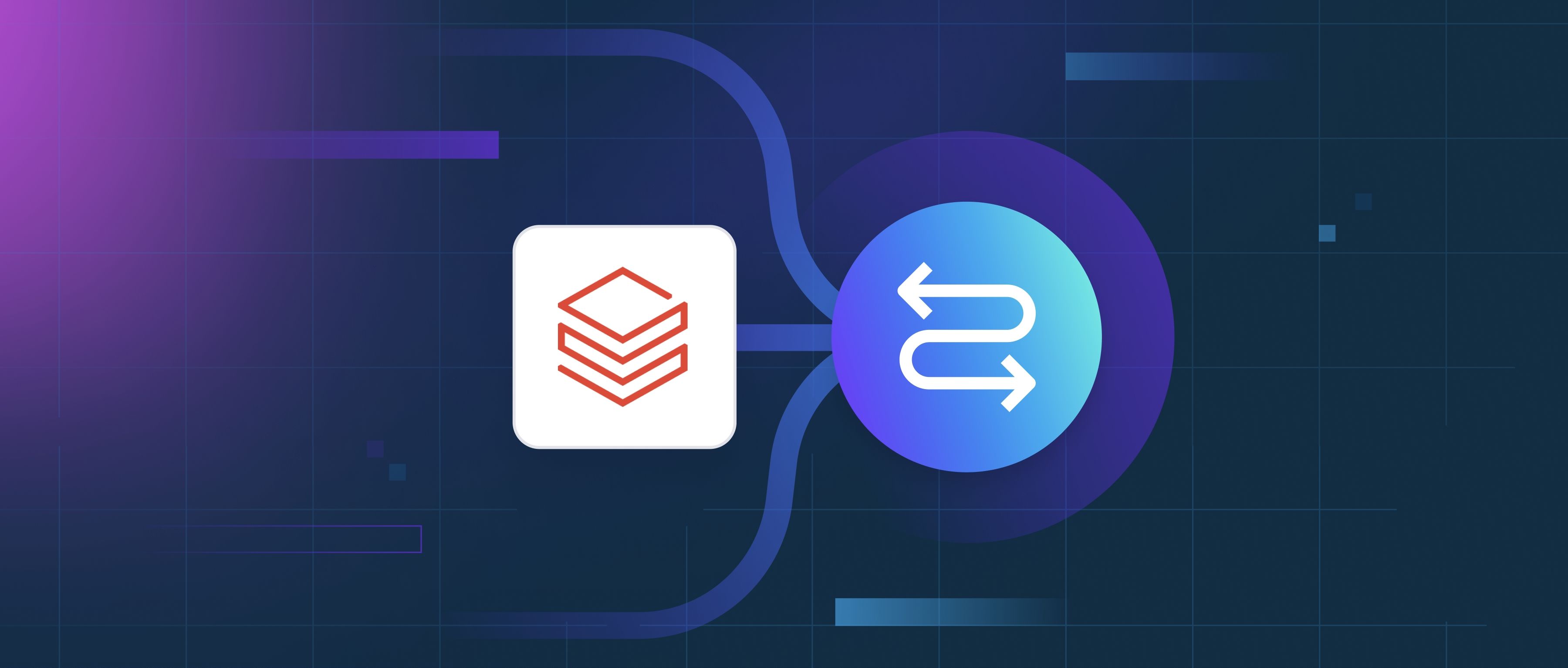The OpenAI API rate limit refers to the maximum number of requests a user can make to the API within a specific time frame. This limit is in place to ensure fair usage and system stability. For example, if the API has a rate limit of 60 requests per minute, a user can send up to 60 individual requests during that minute. If they exceed this limit, they may receive an error message indicating that they have hit the limit, and they will need to wait until the next minute to send additional requests.
Rate limits can vary based on the type of API access a user has, such as whether they are using a free or paid plan. Typically, premium plans offer higher limits compared to free accounts. It is important for developers to check the specific documentation provided by OpenAI to understand the exact rate limits applicable to their account. For instance, while a free account might only allow 60 requests per minute, a paid account could potentially allow 300 or more requests per minute, depending on the plan chosen.
Developers should also implement appropriate error handling in their applications to manage situations when the rate limit is exceeded. This includes checking for rate limit errors and possibly implementing a retry logic that respects the limit. For example, a developer can use exponential backoff strategies, whereby the application waits longer periods between retries after each failure. This approach ensures that the API remains within the allowed limits while still attempting to complete necessary operations. Understanding and respecting these rate limits is crucial for maintaining smooth application performance and avoiding disruptions in service.
